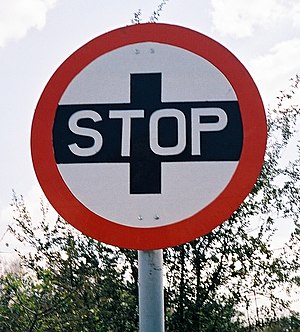I was about to start typing today’s post when the phone rang. The woman was talking so fast I could hardly understand her (and I’m from New York, where we all talk really fast).
Me: “Whoa, slow down. What is it?”
Caller: “It’s about your merchant account.”
Me: “I don’t have one.”
Caller: “But you want one.”
Me: “No.”
Click.
You can have a great marketing plan. You can identify a niche market, grab a list somewhere, and start making phone calls or sending emails.
But, it will all fail if you’re not solving their problem, rather than yours.
Someone at the company where this woman works decided that they wanted to reach businesses like mine. They created a marketing plan, hired people, and started calling. They never stopped to think whether I needed what they were selling. Or whether a merchant account fit my marketing plan.
I don’t want a merchant account. I’m not a retailer. Paypal is fine.
They’ve just wasted my time, their own employees’ time, and probably quite a bit of money on a marketing plan that won’t work.
Before you start selling your idea, see if your audience wants it. Otherwise, you could end up with a bra dryer or nail polish for cats.
Marketing plan essentials
To be effective, a marketing plan has to start with the audience, not with the product. Then you build out the rest based on what the audience needs.
- Start with your ideal client. Who are they? What do they want? What troubles them? What are they afraid of? What do they dream about?
- How can you fix those problems? Or fulfill their dreams?
- Where can you reach/find them?
- What appeals to them and what do they hate?
- What tools will you use to reach them and where will you use them?
- What offer will you make to them (price, product, terms)



